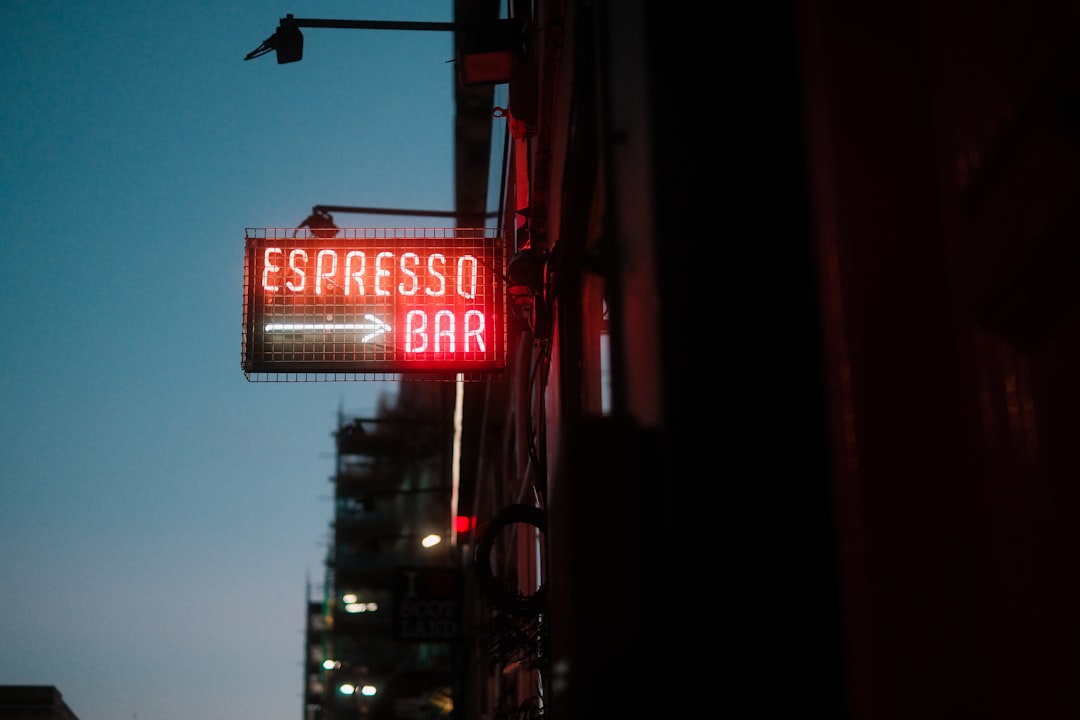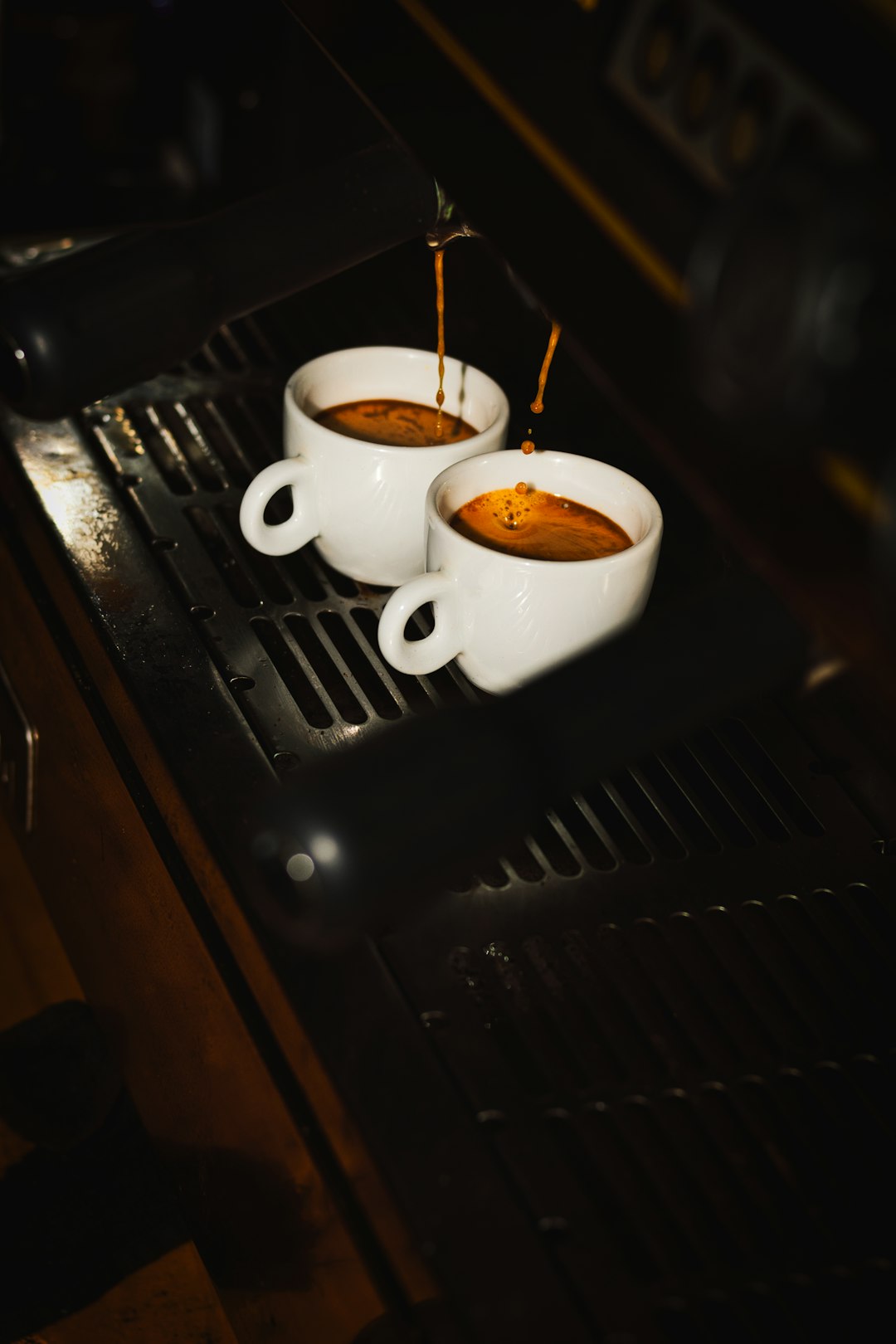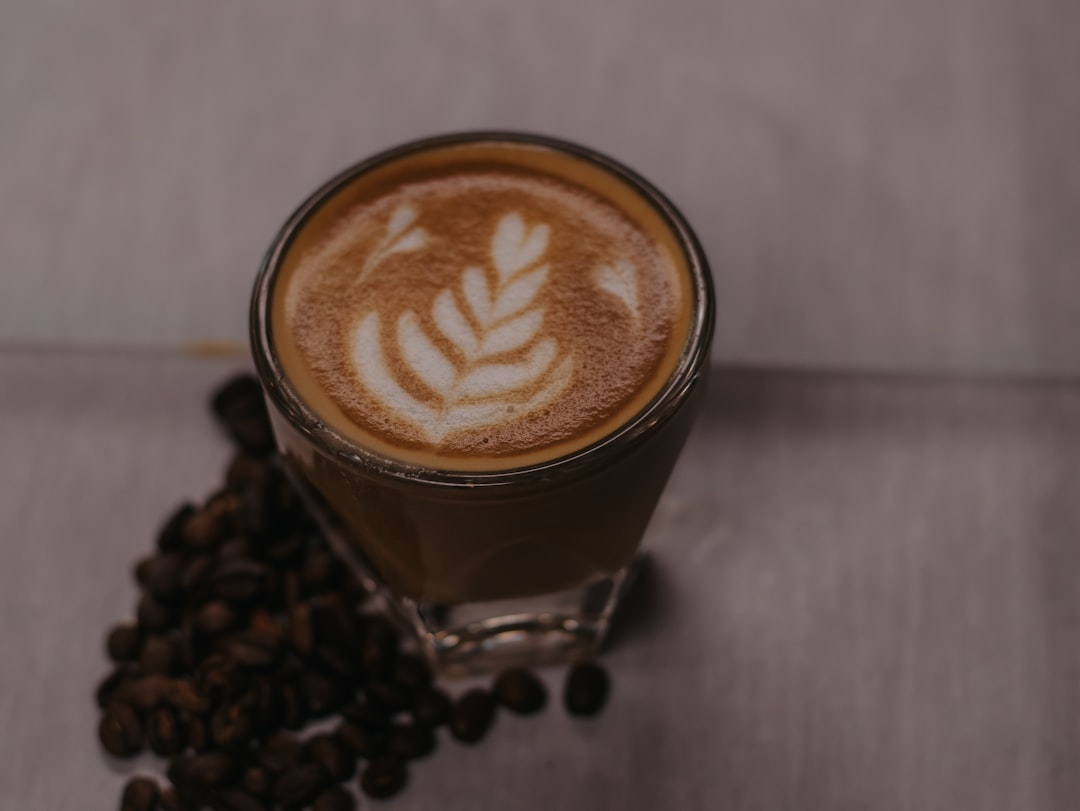Espresso has a strong, bold personality. It’s the base of many coffee drinks. From lattes to Americanos, this tiny cup packs a punch. But not all espresso tastes the same. One big factor? The roast. More specifically—light vs dark roast.
Let’s dive into this tasty topic!
What Does “Roast” Even Mean?
Coffee beans start green. Roasting them brings out flavor, aromas, and oils. The roast level affects everything you taste in your cup. Morning joy or bitter sorrow? It depends on the roast!
- Light Roast: Beans are roasted for a shorter time. They’re light brown and have no oils on the surface.
- Dark Roast: Beans are roasted longer until they turn a rich, dark brown. Oils rise to the surface.
Now, what does that mean for espresso? Let’s break it down!
The Taste Showdown: Light vs Dark Espresso
Light Roast Espresso
Light roast espresso is quite the character. It’s bright, zesty, and often fruity. Some people describe it as having a tea-like quality. That’s because it preserves more of the bean’s original flavor.
Think of it like this: if the coffee bean grew in Ethiopia, you might taste blueberry or jasmine. If it came from Colombia, maybe red apple or caramel. The roast doesn’t cover these flavors—it lets them shine!

But it’s not all sunshine and citrus. Light roast espresso is also more acidic. That zingy, sharp feeling on your tongue? That’s the acidity. Some love it. Others say, “No thanks, that’s too sour.”
Making light roast espresso can be tricky. It needs precision. The grind, water temp, and pressure must be just right. Mess it up, and it can taste sour or even undercooked.
Dark Roast Espresso
Dark roast is a smooth operator. It’s bold, rich, and full-bodied. Flavor notes include chocolate, smoke, and toasted nuts. Some say it tastes a bit like burnt sugar or molasses.
It’s classic. It’s comforting. And it’s what most people think of when they picture espresso in a tiny Italian café.

Dark roast also makes a creamy crema. That thick, golden foam on top of your espresso? Yep, dark beans do that really well. It gives the drink a velvety texture.
Because the beans are roasted longer, they lose some of their original, natural flavors. But that’s the point—it’s all about the roast-flavor here, not the bean-flavor.
Which One Has More Caffeine?
Surprise! Light roast usually has slightly more caffeine than dark roast. That’s because the beans are denser. In dark roasting, beans lose water and puff up a bit, making them lighter.
But here’s the trick: espresso is measured by weight. So, one espresso shot using 18 grams of coffee will usually give you similar caffeine, no matter the roast.
The difference is small. Don’t worry—you won’t suddenly turn into a superhero by choosing light roast. But every little buzz counts, right?
What About Body, Acidity, and Flavor?
Each roast level has its own vibe. Here’s a quick cheat sheet:
| Category | Light Roast | Dark Roast |
|---|---|---|
| Flavor | Fruity, citrusy, floral | Smoky, chocolaty, nutty |
| Body | Light to medium | Full and heavy |
| Acidity | High | Low |
| Caffeine | Slightly higher | Slightly lower |
So, what’s more important to you: a bright, playful kick from a light roast or a deep, soulful sip of dark roast?
Espresso Drinks and Roast Choices
The roast you choose can change your experience of a latte, cappuccino, or flat white.
- Light Roast: Try it in a short shot. You’ll really taste the complexity. It pairs nicely with light milk or even just water, as in an Americano.
- Dark Roast: The go-to for milk-based drinks. The bolder profile cuts through the creaminess of milk. Latte, macchiato, cortado—it handles them all.
Baristas often choose dark roast for espresso-based drinks because it plays well in mixed beverages. It’s the crowd-pleaser!
Brewing Tips for Each Roast
Espresso making isn’t easy, no matter the roast. But here are some helpful tips:
For Light Roasts:
- Grind a bit finer than usual.
- Try a higher water temperature (around 205°F or 96°C).
- Use a longer extraction time (maybe 30–35 seconds).
For Dark Roasts:
- Grind slightly coarser.
- Lower water temperature (around 195–200°F or 90–93°C).
- Keep extraction shorter (25–30 seconds).
Remember, espresso is all about balance. Too fast or too slow = weird flavors. A good espresso should be thick, rich, and delicious, no matter the roast.
The Coffee Community Debate
Some coffee snobs love light roasts. They call dark roasts boring or burnt. Others swear by the rich taste of dark espresso and can’t stand the tang of a light roast.
Guess what? Both camps are right!
Coffee is personal. Your taste buds are unique. What some call “sour,” others call “bright.” What one says is “bitter,” another calls “bold.”

The best thing you can do? Try them both. Mix it up. Be curious. Take your coffee adventure one delicious cup at a time.
Final Sip:
In the great battle of light vs dark roast for espresso, there’s no clear winner. They’re just different breeds of delicious.
- Love juicy, fruity brightness? Go for a light roast.
- Crave deep, toasty boldness? Grab a dark roast.
- Still not sure? Try a medium roast! It lives in the middle and offers the best of both worlds.
Next time you sip an espresso, take a moment. Swirl it around your tongue. See if you can taste the roast. Is it light and lively or dark and dramatic? Either way, your tastebuds win.
Happy sipping!
